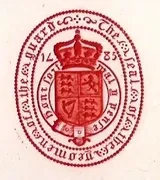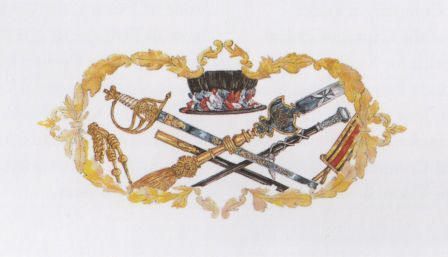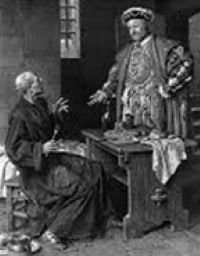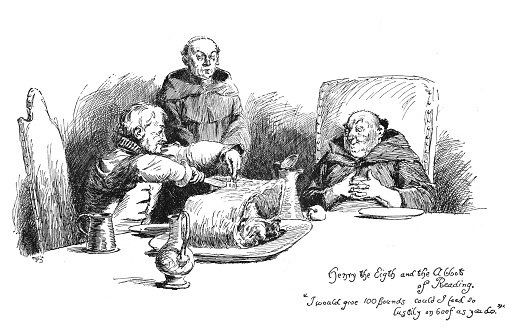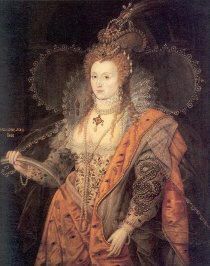There's no doubt that both the Yeomen of the Queen's Body Guard (in-ordinary), whose headquarters is at St James's Palace, and the Yeomen of the Queen's Body Guard (extraordinary), who are the Tower Warders, are both known as Beefeater, like it or not! However, the nickname originated with the Yeomen of the Guard from St James's Palace, possibly because of their daily rations. See Rations
Evidence Part One:
A story which would have been crucial in dating the term Beefeater, had it not been found to have been adulterated to suit the narrative and therefore distorted the research, is the story of Henry VIII (born 1491 – 1547), dressing as a yeomen of the guard and invited to dine with the Abbot of Reading. The story was related by a Dr Thomas Fuller (19 June 1608 - 16 August 1661) an English churchman and historian who wrote with authority that it was true. This story is taken from his book 'The Church History of Britain’, Vol II, Book VI, Section II, page 192, reprinted 1837:
